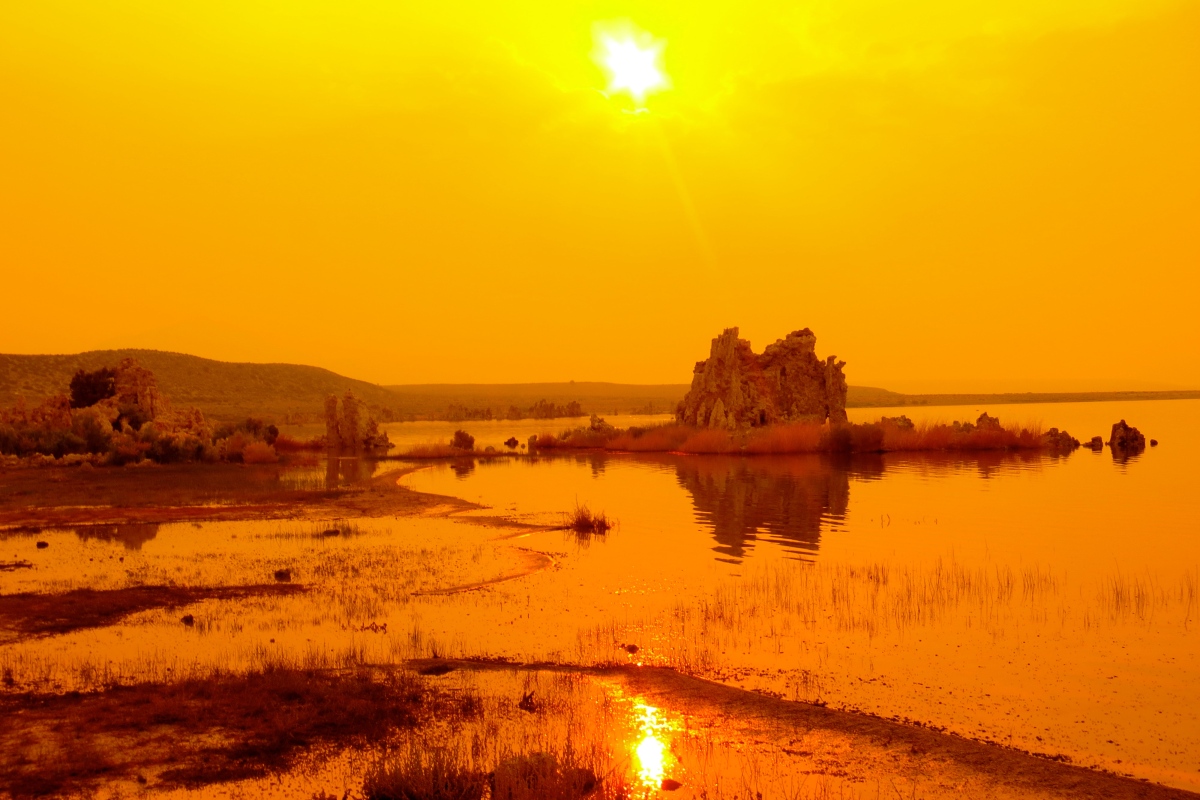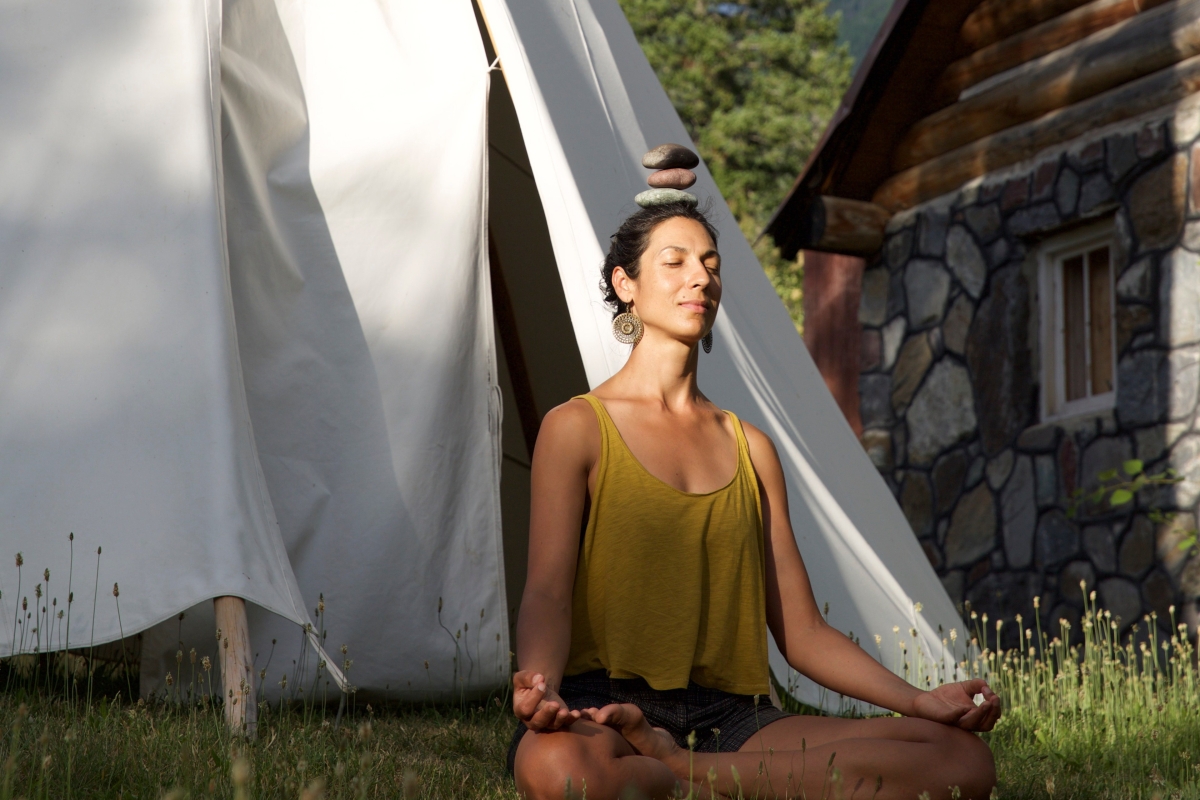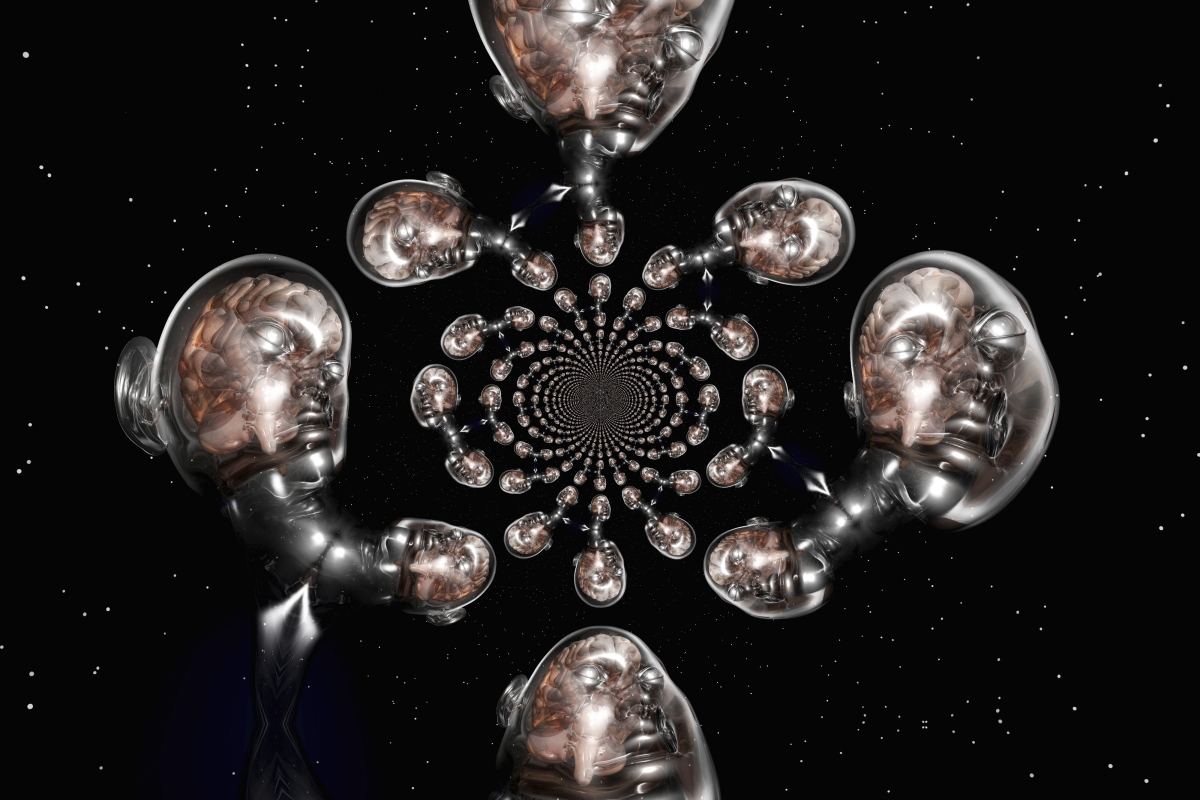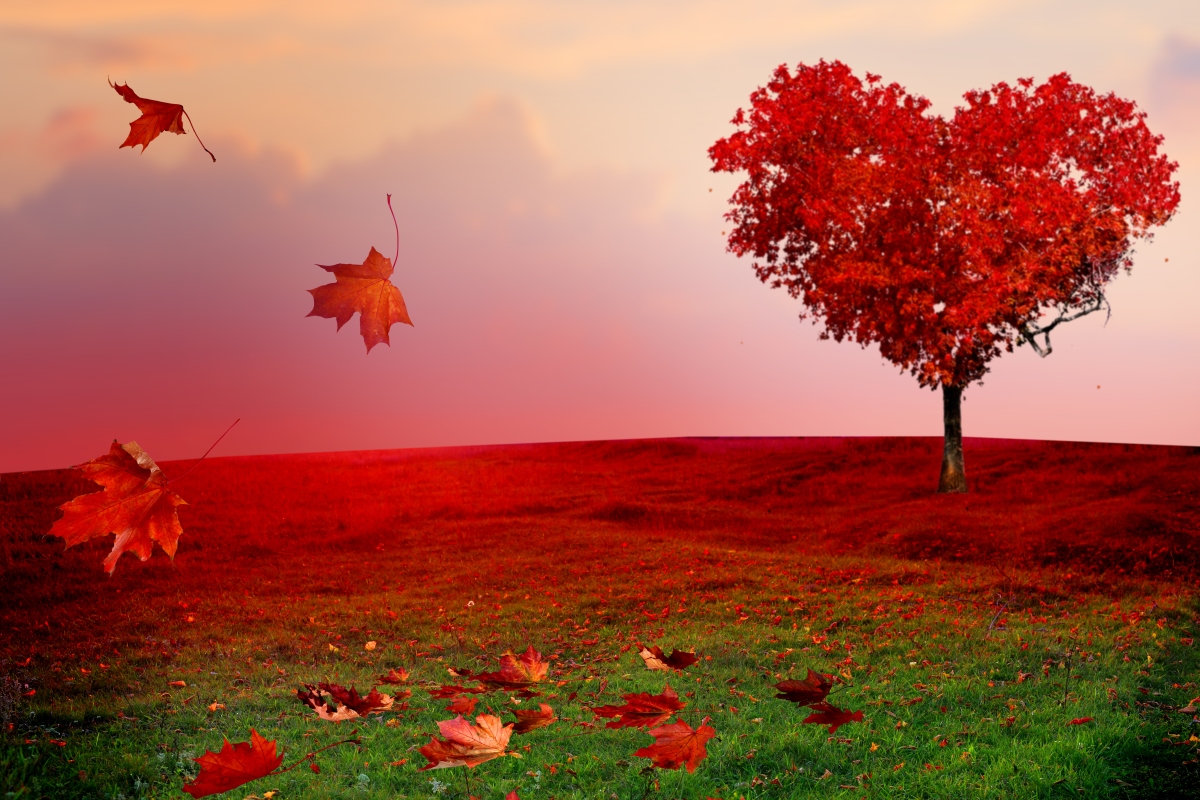Tantra is such a big topic that I dare not attempt to convey my understanding of it in one blog post. While tantra for me personally usually refers to certain Yogic Practices, there is no denying the fact, that the word mostly associated with tantra, is sex. Conscious sex or sacred sexuality, come up too, which of course are variable terms that can have as many definitions as there are human beings. We, after all, have varying degrees of sacred experience, sexual experience and conscious awareness.
For some tantra means breathing heavily, exuding glottal moans, while shaking out their bodily numbness on a ten day retreat. For another it may mean dancing sensually and shamelessly so, which is the purpose of the dance, to eliminate shame and inhibitions to becoming liberated in sexual expression. We all have our own unique way of approaching sexuality. As far as the purpose of this post, it is only to relay some of my own experiences with regards to the topic, so I suppose this is the kind of “tantra” I’d like to write about – an approach to sexuality.
It is said that sex is the seed of consciousness. It is said the kundalini energy arises from the perineum, the base of the spine, upwards to reach the crown center, where it has become a form of pure consciousness as apposed to the expression of the primal needs of the lower centers.
It is said that sexual energy can express itself in any form. It starts with a mere spark of excitement, from there it can express itself to the act of sexual intercourse, or sensual intercourse. It can move a notch up to a different kind of sensual interaction, a dance, a delicious meal, an appreciation for the scent of a flower. Or, the inspiration can become a thought, an idea that gets developed, it can become a poem, an expression of the heart for the goodness of all, it can become a cause for the greater, an public announcement of some sort, or a vision for the future, perhaps a prayer of grace for all that is. Yes, it is said, that this mere energy which we call sexual energy has the potential to be anything.
And yet, we are very primal beings. For most of us, sexual energy refers to that which leads up the the act of sex, and nothing wrong, there is so much self-growth that can happen in just this realm alone.
For me, sex has always been about becoming more comfortable with myself and allowing for the most intimate experience I am capable of. When I look at the format of all these tantra retreats, I get the impression that this is the case for most of us.
So I wonder how many people reading this has the memory of using sex as a tool to become aware of and challenge their insecurities. Naturally we do become aware of our insecurities in this intimate sharing, and that is why it is such a great tool to challenge ourselves little by little to overcome them. We get challenged by gross thoughts such as my “my ass is fat,” or “I didn’t shave,” but beyond that the smaller habits of withdrawal; manipulation, and power plays reveal themselves.
In the ultimate dance between two people, how easy is it to hide behind the more dramatic expression of another, or to rush over the unfamiliar exploration to the familiar end out of fear of how to be in the discovery?
How often we just stick to what we know, rather than to be active in listening and feeling moment by moment to our own bodies? Or sometimes we intellectualize about what the other person may want, need, or feel. This is the easiest way out of the dance… thinking that we care and by thinking rather than feeling really abandoning our partner in the vulnerability of intimacy.
Like this, sex can be a meditation of becoming aware of just when we hold back, or when we are hiding from a deeper desire, or a deeper level of sensitivity perhaps due to shyness, or trying to please another, or something of the kind.
For me, there is this constant reminder of checking in with the authenticity of my presence, which can only be controlled by relaxing my body, my breath, and thus relaxing my mind. Through the act of sex lies the power of transformation for every person to come to their most authentic self and be liberated by it.
The rest of this post is a mere story of synchronicity which brought me closer to some concepts of tantra.
Cape Town, where I used to live in my early twenties have gone through many transformations. During this time it was going through a rough patch and was not particularly safe around many of the areas close to the city center. I was walking through a park one afternoon and since I didn’t have a car, walking longer distances was comfortable for me. Yet that time I became distinctly aware of the fact that the park may not be safe to walk through. I was too far from the entrance to turn back and had to simply make it to the other side.
Naturally various scenarios started playing through my head of what could happen. What would I do if a man with ill intentions meet me from ahead? Will I outsmart him intellectually, pacify him in some way? Maybe, with enough mental preparation, will power and grace that is possible, but what would I do if a whole group of men approach me in a similar manner? There would be nothing I could do.
In such a case I would have to surrender completely. I would have to realize in completion that my body is separate from my wisdom – that which is untouchable. I would have to be as serene as possible to cause myself the least harm, as resistance during conflict usually ends up more ugly than relaxation does. I would have to access a part of my mind through-out the entire time that my body is occupied, which sends out the vibration of prayer in order for these men to be blessed by consciousness in their doing; for their own actions to become a turning point for the better in their lives through self-awareness.
This whole mindset took some preparation, I can only imagine how focused I must have looked marching my way through the isolated park. Nothing happened, I came out the other way without encountering a single person.
The reason this memory stuck with me is because that very same week I received the recommendation of a book called “Sky Dancer – the secret life and poems of Yeshe Tsogyal”She was one of the first, (actually the first if I have it right) Tibetan students of tantra from the teacher Padmsambhava and is recognized as a female Buddha.
The story goes that she left ran away from home and got raped by 5 men who immediately became her disciples. Of course I could hardly believe what I read it after my own little experience, but I understood that I had undergone an initiation, even though it was only in my mind.
So that is me on sex as meditation and the transformational power of it, as well as sharing a little of my own experiences.
Much love.







